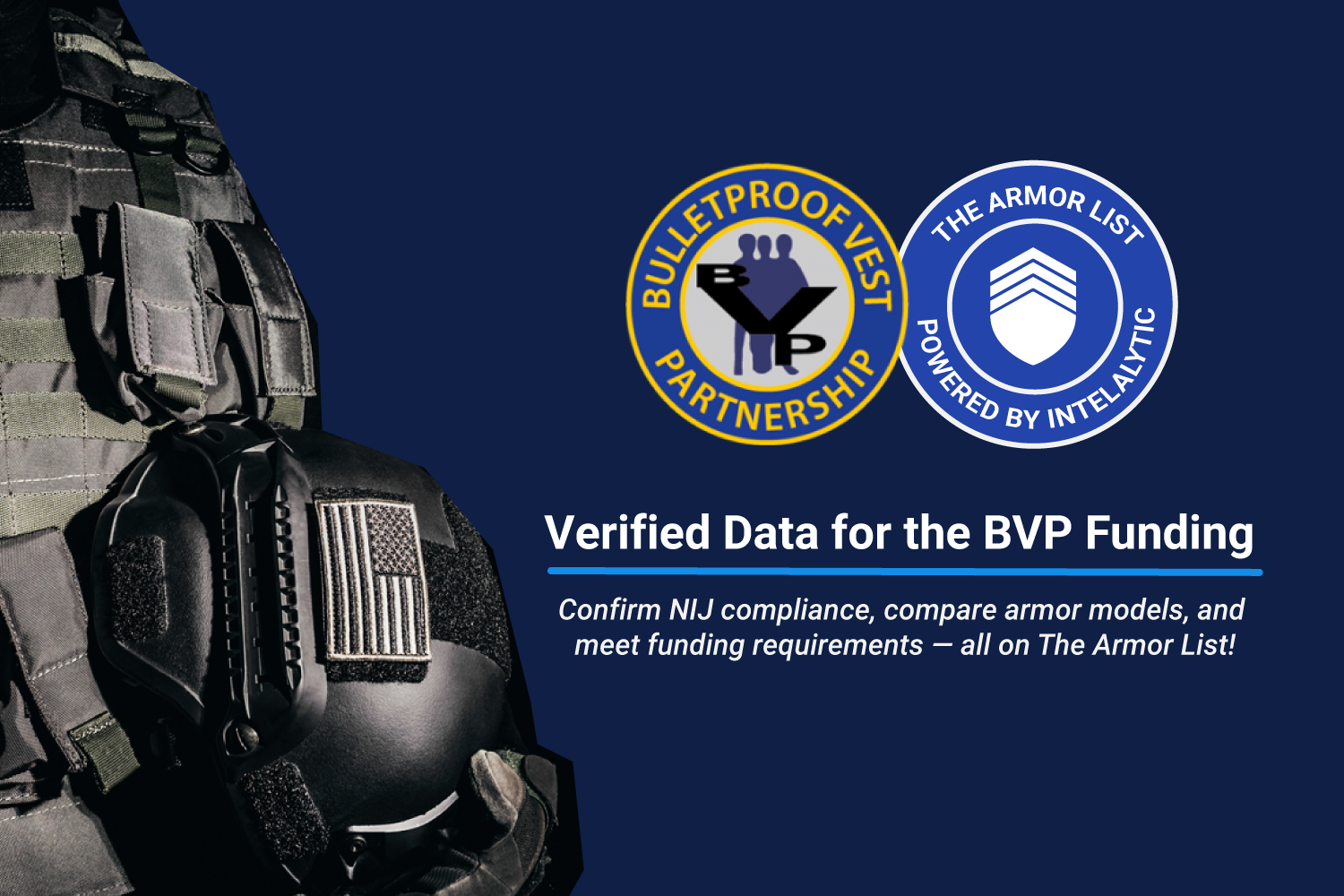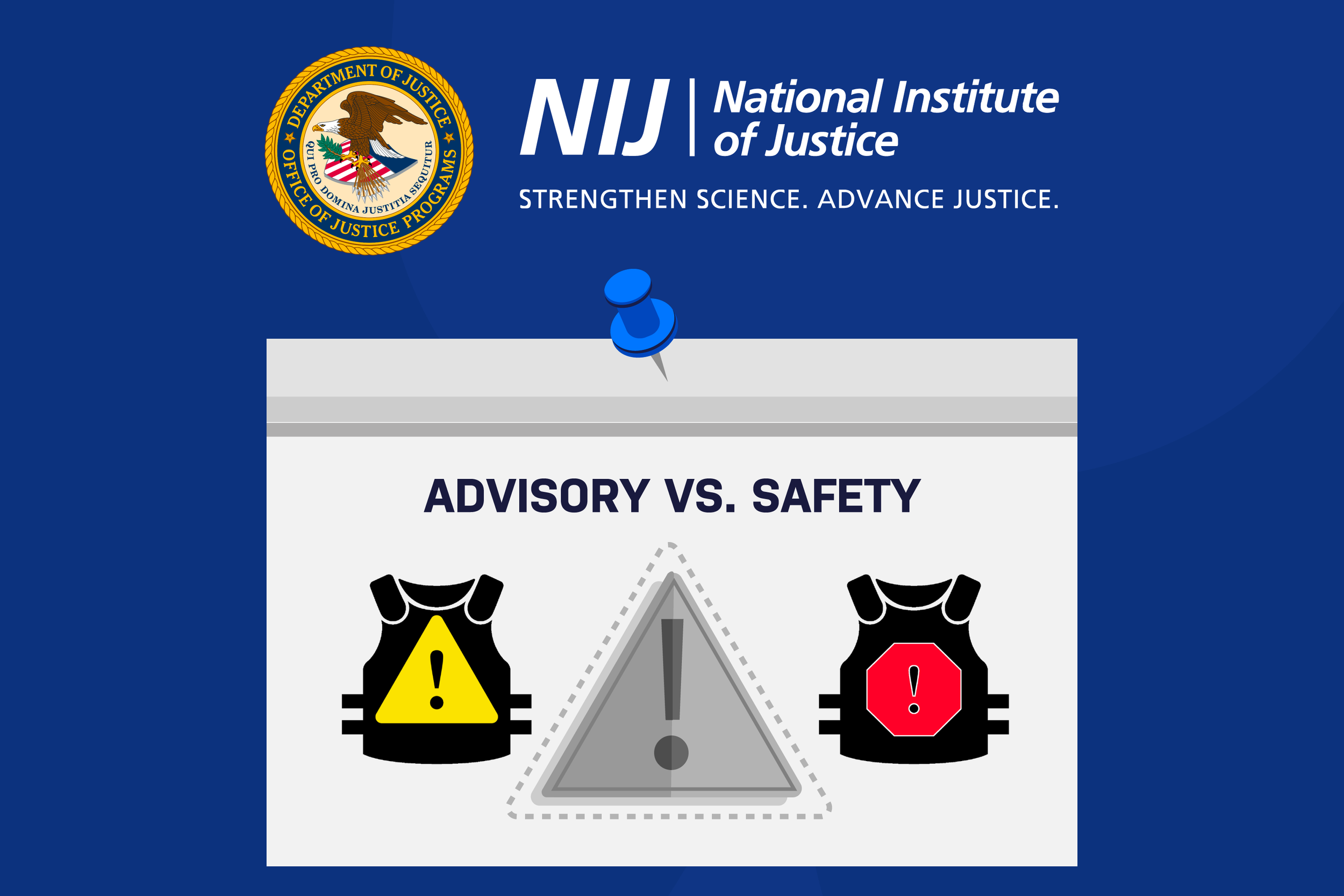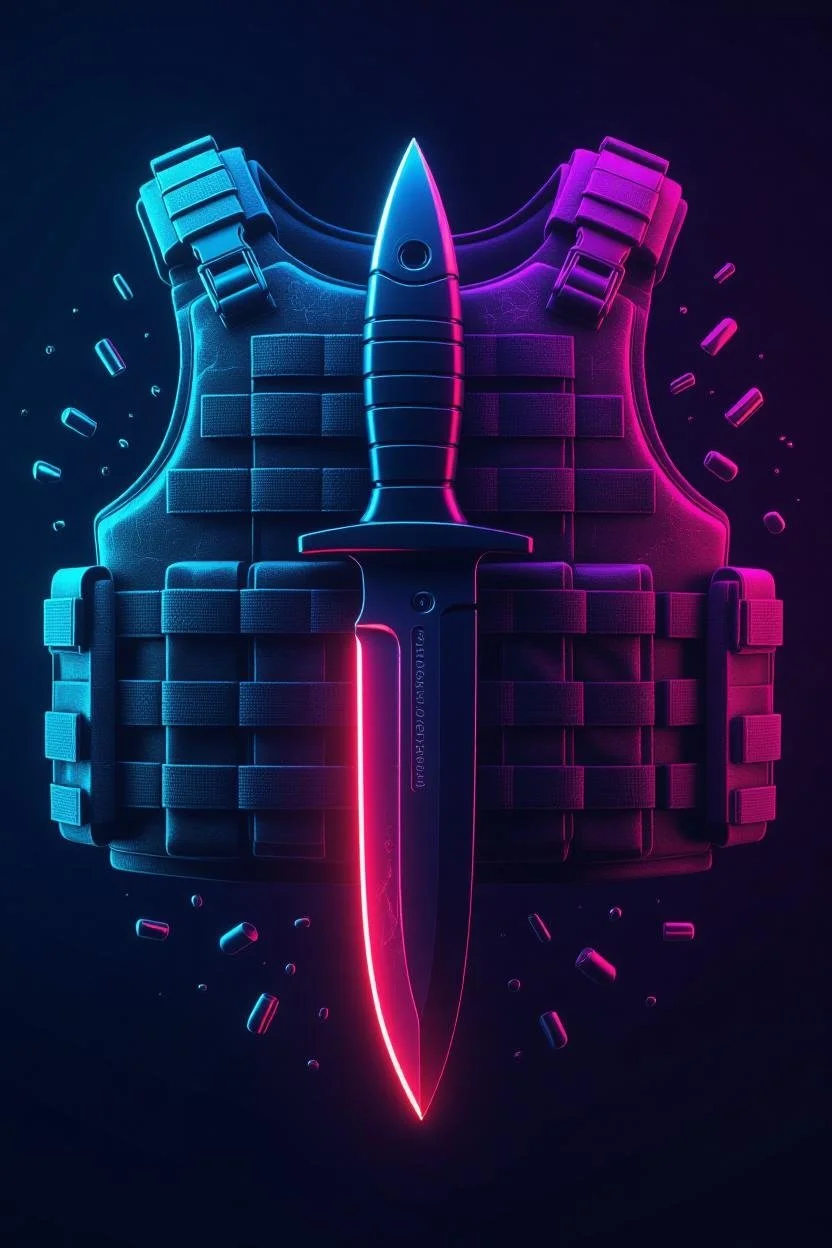Comprehensive Body Armor Care Guide: Proper Use, Maintenance, and Storage Techniques
Its age does not solely influence the longevity and effectiveness of body armor. Factors such as wear and tear from regular use also significantly affect its degradation. Body armor listed on the compliant product list must have a specified ballistic warranty period, as determined by the manufacturer based on testing. The National Institute of Justice (NIJ) has undertaken several initiatives to address these issues:
Testing and Protocols: NIJ has developed testing protocols that assess body armor performance subjected to mechanical wear in a tumbler for ten days, simulating exposure to hot and humid conditions.
Guidance and Inspection: NIJ offers guidelines emphasizing the importance of understanding the life expectancy of body armor and implementing replacement policies. It recommends that agencies inspect body armor annually for signs of significant wear and tear. NIJ also provides resources, such as an instructional video, to assist in inspecting armor for wear and tear.
Research and Development: Ongoing research is focused on how materials in body armor evolve, the susceptibility of certain designs to mechanical damage, and the potential of artificial aging methods to predict service life. Institutions like the Material Measurement Laboratory at the National Institute of Standards and Technology support this research.
Care and Maintenance of Body Armor
Image Credit: RMA Defense
Certain substances, including dry cleaning solvents, harsh detergents, bleach, and accumulated soap residue, can harm body armor, diminishing its protective capacity. Likewise, improper storage methods, such as hanging the armor instead of laying it flat, can also affect its performance. Compliant armor models are required to come with specific care instructions.
Law enforcement officers are advised to conduct regular visual inspections of their body armor to check for any signs of damage, such as rips, excessive wear, or other forms of degradation.
A study conducted in 2009 by the Police Executive Research Forum (PERF), funded by NIJ, surveyed police officers regarding their knowledge and practices in caring for and maintaining body armor. The findings indicated that while most officers are aware of various care and maintenance practices, there is a lack of understanding or adherence to certain recommended practices. This is still a concern today, where many officers simply are not following proper guidelines, underscoring the need for enhanced training and education in body armor care and maintenance.
This guide consolidates expert knowledge and industry best practices for maintaining body armor. Focused on soft armor, hard armor, ballistic helmets, and shields, it provides detailed instructions for ensuring their optimal performance and durability.
1) Storage and Handling
Soft and Hard Armor: Store in a cool, dry environment, away from direct sunlight. Avoid folding or stacking heavy objects on top. Hang or lay flat to prevent deformation.
Ballistic Helmets and Shields: Store in a similar environment. Ensure they are not under pressure or in positions that could warp their shape.
2) Routine Inspection and Maintenance
Regular Checks: Inspect for visible damage, such as cracks, dents, or deformities. Focus on seams, closures, and attachment points.
Soft Armor: Check for wear in the fabric, like fraying or thinning.
Hard Armor: Examine for cracks, chips, or damage in the plates.
Ballistic Helmets and Shields: Ensure visors, straps, and padding are intact and undamaged.
3) Cleaning
General Guidance: Use mild detergent and water. Avoid harsh chemicals.
Soft Armor: Hand wash and air dry. Do not machine wash/dry.
Hard Armor, Helmets, and Shields: Clean with a damp cloth and dry immediately.
4) Repair and Replacement
Follow Manufacturer Guidelines: Unauthorized modifications can compromise the armor's integrity.
End of Life: Respect the warranty period and replace armor if damaged, expired, or beyond its warranty.
5) Proper Usage
Fit and Comfort: Ensure the armor fits correctly for maximum effectiveness.
Training: Familiarize yourself with the armor's capabilities and limitations.
Dos and Don'ts
Do: Store correctly, inspect regularly, clean as recommended.
Don't: Expose to extreme temperatures, modify without authorization, neglect maintenance.
Replacement Protocols
Timing: Replace promptly if the armor is compromised, there's a change in threat level or the user’s physique.
Warranty Awareness: Be aware of the warranty period and replace armor accordingly.
Care Specifics
Inspection: Regularly check panel covers for damage.
Handling: Avoid bending or flexing soft armor panels unnecessarily. Handle hard armor plates, especially ceramic ones, with care.
Label Maintenance: Keep the armor label legible and maintain a copy of the information.
Cleaning Protocol: Follow specific instructions for cleaning armor panels and carriers.
Storage Guidelines
Proper Storage: Store flat or on a robust hanger in a dry, shaded area at room temperature.
Avoid Improper Storage: Don’t store in low airflow areas or under extreme temperatures.
Proper care and maintenance of body armor are paramount for ensuring its effectiveness and longevity. This technical guide, drawn from extensive research and industry standards, provides a structured approach for users to maintain their protective equipment. Adhering to these guidelines will help ensure that body armor remains reliable and functional in critical situations.
Note: This guide is informed by scientific research on body armor materials and aligns with the NIJ Selection and Application Guide-0101.06, 2014. Always consult manufacturer-specific guidelines for your particular armor models.
Want to learn more? Check out these resources…
National Institute of Justice: Body Armor Care and Replacement
National Institute of Justice: Selection & Application Guide 0101.06 to Ballistic-Resistant Body Armor
National Institute of Justice: Factors that Impact the Effectiveness of Body Armor
National Institute of Justice: Survey of Officers on the Use and Care of Body Armor













